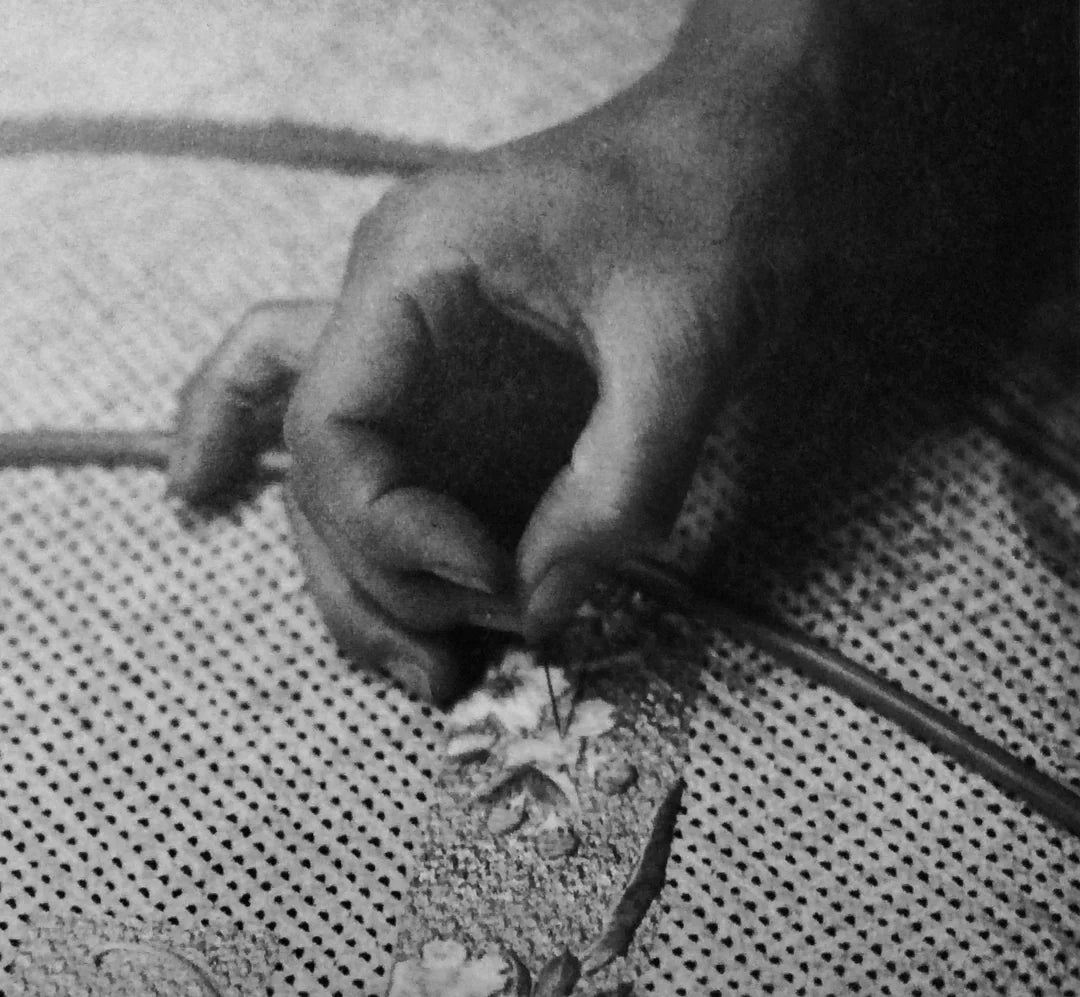




Vintage Japanese Woman’s Silk Haori
Dimensions: 46-1/2” total width, (21-0” shoulder to shoulder), 16-1/2” sleeve length, and 28-0” total length.
Luxurious Haori jackets have been worn in Japan for centuries, with a fascinating history behind them, and with a legacy that has allowed them to remain an important part of Japanese culture and customs to this day. Often, and traditionally paired with a Kimono, they also look fabulous as part of a contemporary style. It is not unusual today to see a Haori in Japan paired well with a shirt and jeans, and it is how young Japanese show off these beautiful traditional textiles, that in many cases were inherited from older women in the family.
The word haori is derived from the word haoru, meaning to 'put on' a jacket, that is worn over their kimono as a fashionable garment worn to the theatre or for social gatherings such as the tea ceremony. Given the Japanese custom of appreciating the changing seasons and changing one's clothing to suit the season, embroidery in Japan developed in the direction of freedom of expression related to a variety of seasonal motifs, such as in this case, flowers, which indicated virtues or attributes of the wearer.
This beautiful black jacket features small and delicate hand-embroidered white, cream, and pink Chrysanthemums covering one side of the back and the front side of the jacket. The Haori design is in the shape of a Kimono. This piece has a narrower collar and torso with no overlapping front panels. It is made from a single piece of fabric with a short sleeve length and body. It is lightweight and closes at the front with a simple Obi-jime handwoven tie.
Condition: Excellent, for the piece is perfect, with no color fading or imperfections or loss of artwork, which is beautifully defined. It meets meet the high standards of Japanese textile design.
Additional Information: Kyoto was the center of a flourishing embroidery industry, as the country settled down under decades of peace, and tastes in clothing became more luxurious. Wealthy women wore fashions lavished with embroidery from top to bottom, which was later prohibited because of the display of luxury by the Shogun's government. After several years passed, in 1976, hand embroidery in Kyoto was named a Traditional Craft Industry under the Ministry of International Trade and Industry and has remained a rare commodity.
Return Policy
Our antique/vintage pieces are identified/described and professionally photographed, and considered, “as is”, therefore all sales are final. Read our full refund and return policy.


